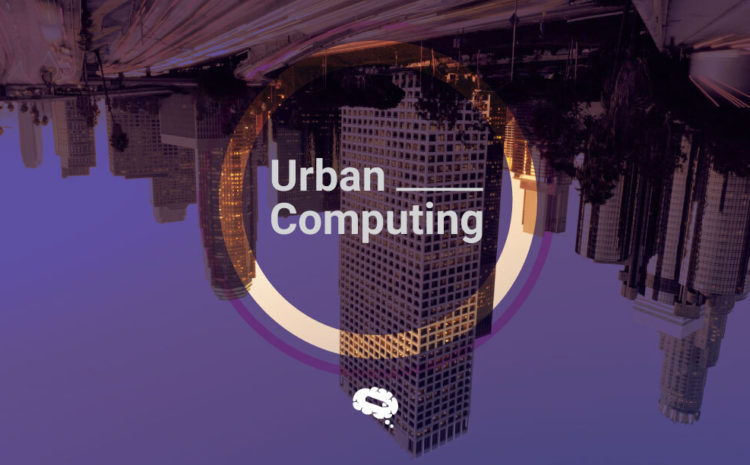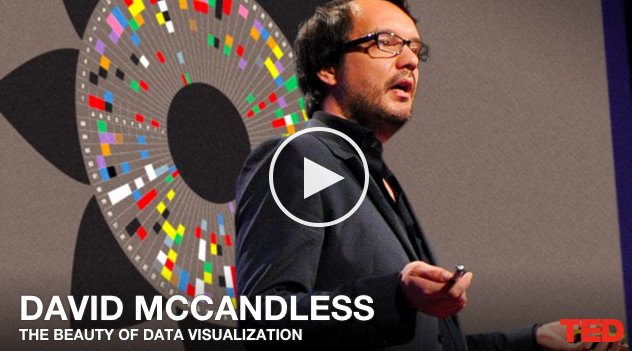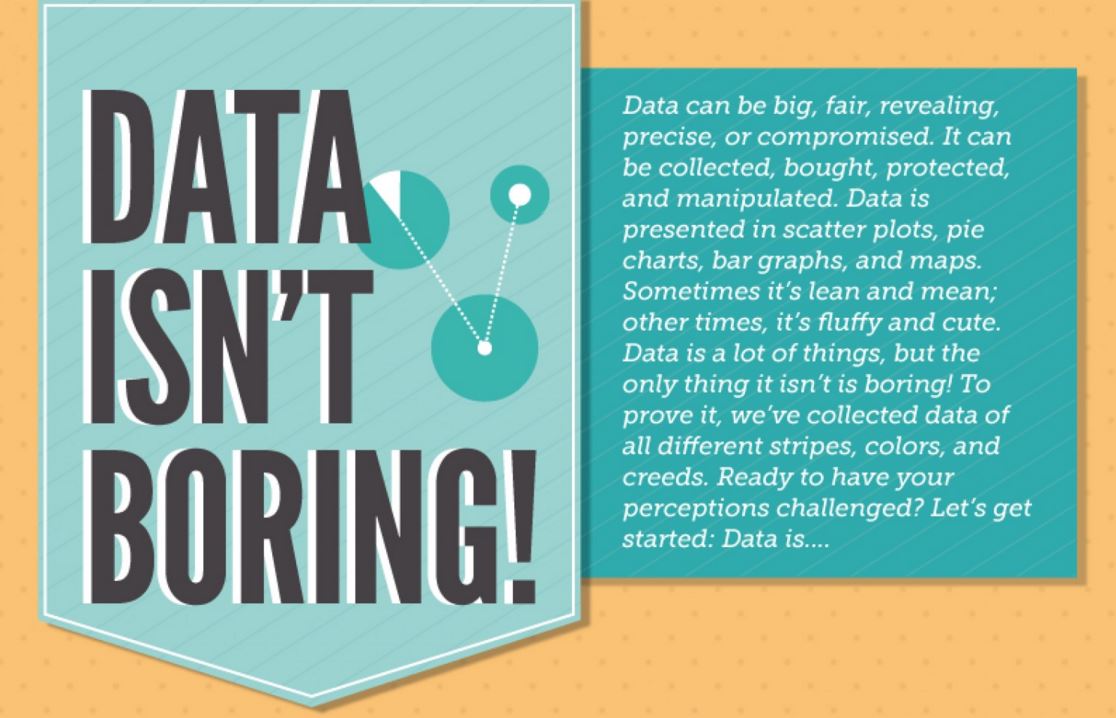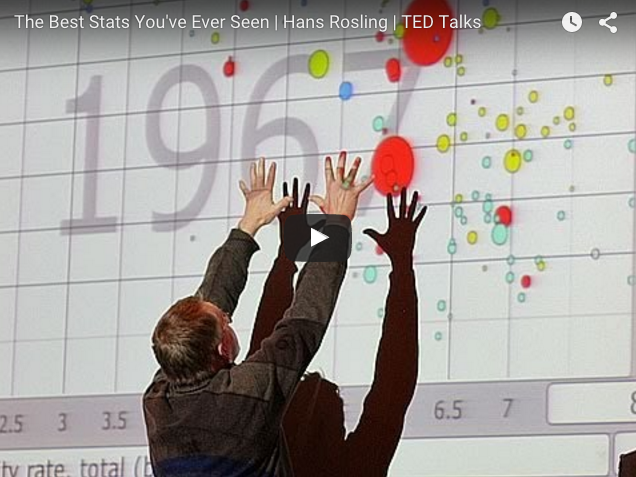Nowadays, big cities face big issues such as traffic congestion, air pollution, and energy consumption. These big issues in big cities can be tackled by using big data (which means treatment of large volumes of data).
It is precisely what urban computing is. It can be defined simply as the use of big data to cope with the big issues of big cities.
Let’s elaborate more about that.
Urban Computing involves a process of acquisition, integration, and analysis of big and heterogeneous data generated by diverse sources in urban spaces. Such data sources include sensors, mobile devices, vehicles, buildings, and humans.
What is Urban Computing?
In the paper entitled “Urban computing: concepts, methodologies, and applications”, the authors introduce a general framework for implementing Urban Computing.
Urban Computing connects non-intrusive and ubiquitous sensing technologies, advanced data management, analytic models, and novel visualization methods to create solutions that improve the urban environment, human life quality, and city operation systems.
We must also highlight that Urban Computing is an interdisciplinary field. It integrates computing science with other fields like transportation, civil engineering, economy, ecology, and sociology in the context of urban spaces.
Probably, the big question haunting your mind right is: how to implement Urban computing to overcome big cities’ issues?
Well, good news, there is a framework for it!
Urban Computing Framework
In the paper entitled “Urban computing: concepts, methodologies, and applications”, the authors introduce a general framework for implementing Urban Computing.
The framework is composed of four layers: Urban Sensing, Urban Data Management, Data Analytics, and Service Providing. Each layer has a specific function.
The Urban Sensing layer is in charge of collecting data from urban spaces. This data collection can be performed by different techniques such as participatory sensing, crowdsensing, and mobile sensing.
The Urban Data Management layer allows organizing data by some indexing structure that incorporates both Spatio-temporal information and texts for supporting efficient data analytics.
In the Data Analytics layer, different techniques such as Data Mining, Machine Learning, and Data Visualization are used to identify patterns in data and get valuable information from it for subsequent decision making.
The Service Providing layer comprises various solutions and services aimed at improving people’s driving experiences, reducing traffic congestion, air pollution, and energy consumption. For example, in the case of detecting any traffic anomaly, this information will be delivered to the transportation authority for dispersing traffic and diagnosing the anomaly.
So, what challenges does Urban Computing face?
For an ideal implementation, Urban Computing faces three big challenges:
1.Sensing and data acquisition.
This challenge is about how to collect urban data in a non-intrusive and continuous way considering the limitations in the number of sensors distributed in the city.
Building new sensing infrastructures could achieve the goal, however, it would increase the burden of cities.
Humans as a sensor is a new concept that may help to tackle this challenge by using their posts on social media or their GPS traces to understand the events happening around them.
Humans as a sensor bring new challenges such as:
- Increasing usage of devices energy;
- Privacy of personal information;
- Biased data since users are not uniformly distributed and they do not send sensing readings with the same frequency;
- Unstructured, implicit, and noisy data contributed by users. In contrast, the data generated by traditional sensors is well structured, explicit, clean, and easy to understand.
2. Heterogeneous data.
Data Mining and Machine Learning techniques usually handle one kind of data. However, solving urban challenges involves a broad range of factors (for example, exploring air pollution involves the simultaneous study of traffic flow, meteorology, and land uses).
3. Hybrid systems.
Unlike a search engine or a digital game where the data is generated and consumed in the digital world, urban computing usually integrates the data from both worlds (combining traffic with social media).
The design of hybrid systems is much more challenging than for conventional systems, as the system needs to communicate with many devices and users simultaneously and send and receive data of different formats.
What are the main applications of Urban Computing?
Urban Computing applications could be countless.
The applications can be grouped into seven categories: urban planning, transportation, environment, public safety and security, energy, economy, ecology, and social.
Here a very brief description of each one of them:
- Urban planning.
Planning is important for building smart cities. This category includes detection of underlying problems in transportation networks, the discovery of functional regions in a city (such as areas that support different needs of people and serve as an organizing technique such as educational areas or business districts), and detection of the city’s boundaries to understand its evolution.
- Transportation.
This category includes: improving driving experience, taxi services, and public transportation systems.
- Environment.
Urbanization’s rapid progress will become a potential threat to cities’ environment. Urban computing for the environment includes: improving air quality in cities and reducing noise pollution.
- Public safety and security.
Here we can list the following applications: detection of traffic anomalies, detection of disasters, and detection of accidents.
- Energy consumption.
The rapid progress of urbanization is consuming more and more energy. Applications in this category are the reduction of gas and electricity consumption.
- Economy.
The dynamics of a city may indicate the trend of the city’s economy. An example of application in this category is predicting the trend of a stock market.
- Social.
Applications in this category are location recommendations, itinerary planning, location–activity recommender, and understanding city dynamics.

Are there some technologies for enabling Urban Computing?
There are several enabling technologies for Urban Computing that are grouped into categories. The more frequently used categories are:
Urban Sensing techniques. Traditional sensing and measurement through the installation of sensors, passive crowd sensing that uses existing infrastructure to collect the data generated by crowds, and participatory sensing where people actively contribute with the information around them;
Urban Data Management techniques allow the organization of multiple heterogeneous data sources for the following Data Mining process;
Knowledge Fusion techniques enable effectively fusing the knowledge learned from multiple heterogeneous data sources;
Urban Data Visualization techniques should not only display raw data and present results, but also, they must allow detecting and describing patterns, trends, and relations in data.
As you see, Urban Computing may be a very useful tool for solving the major issues of modern cities.
The challenges that Urban Computing faces will eventually be overcome, thus allowing us to have a better future for our cities.
References
T. Kindberg, M. Chalmers, and E. Paulos. 2007. Guest editors’ introduction: Urban computing. Pervasive Computing 6, 3, 18–20
Click on the image below to check our Mind the Graph for urban computing illustrations.

Subscribe to our newsletter
Exclusive high quality content about effective visual
communication in science.






